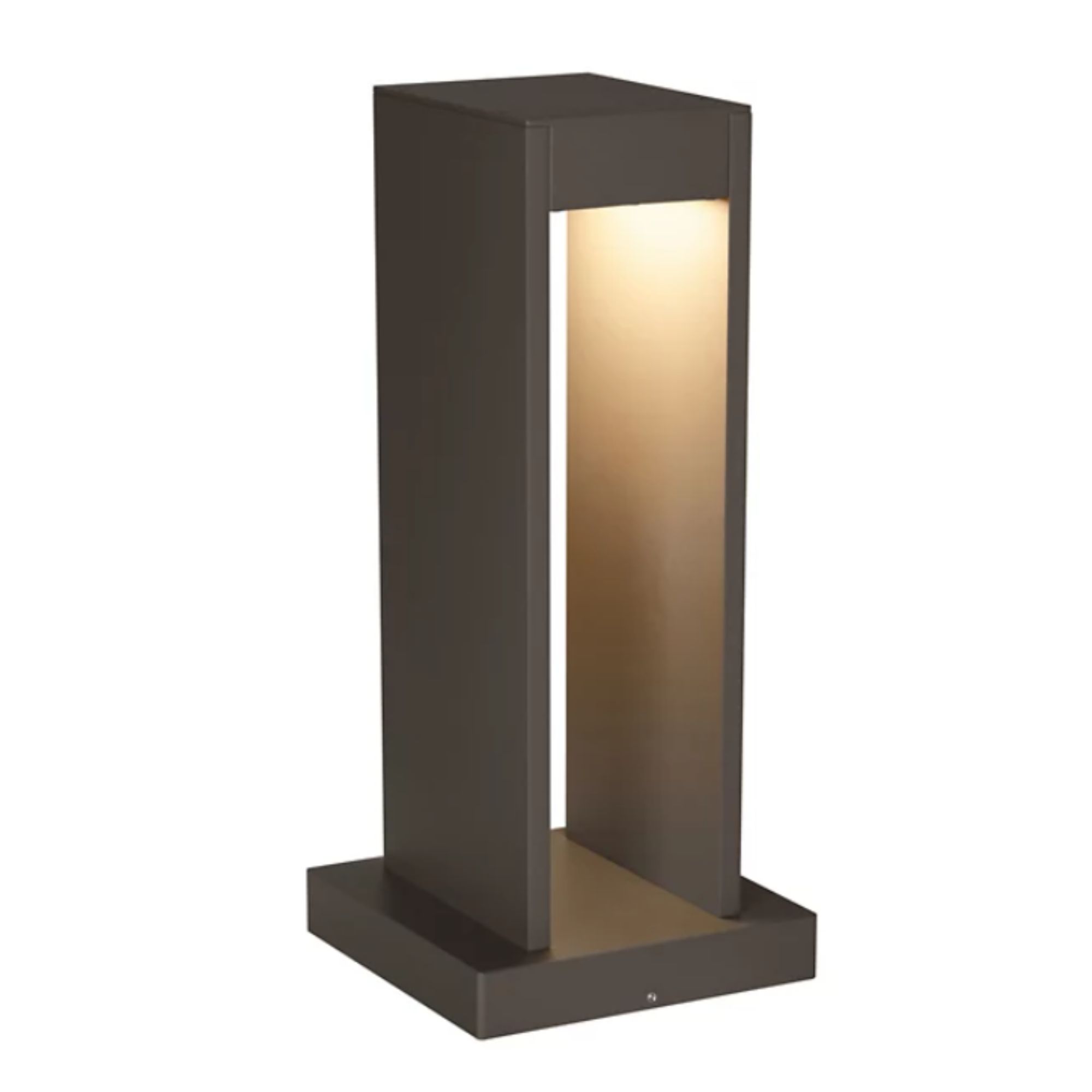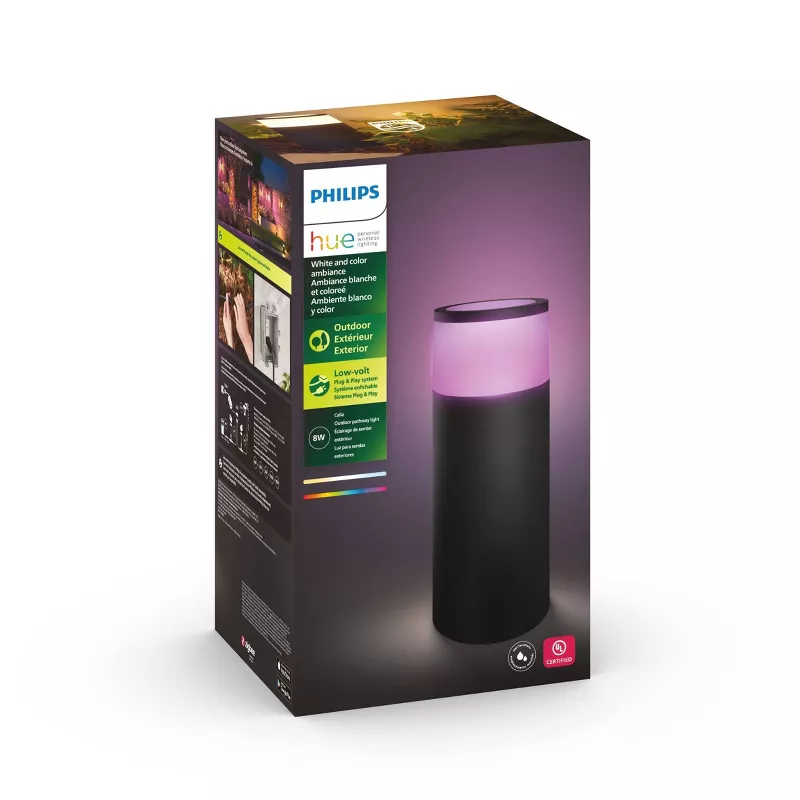Garden path lighting mistakes – errors the experts never make, and how you can avoid making them, too
It's easy to commit these common path lighting mistakes – but they're so simple to fix


Garden paths are one one the trickiest parts your your home to light. Too dim and it's an accident waiting to happen, too bright and your backyard looks like a parking lot.
When you add that good path lights cost hundreds of dollars, you're potentially looking at some very expensive mistakes.
We have identified the most common garden path lighting mistakes, and how you can avoid them - for serene, atmospheric lighting without an expensive bill.
1. Badly-placed path lights
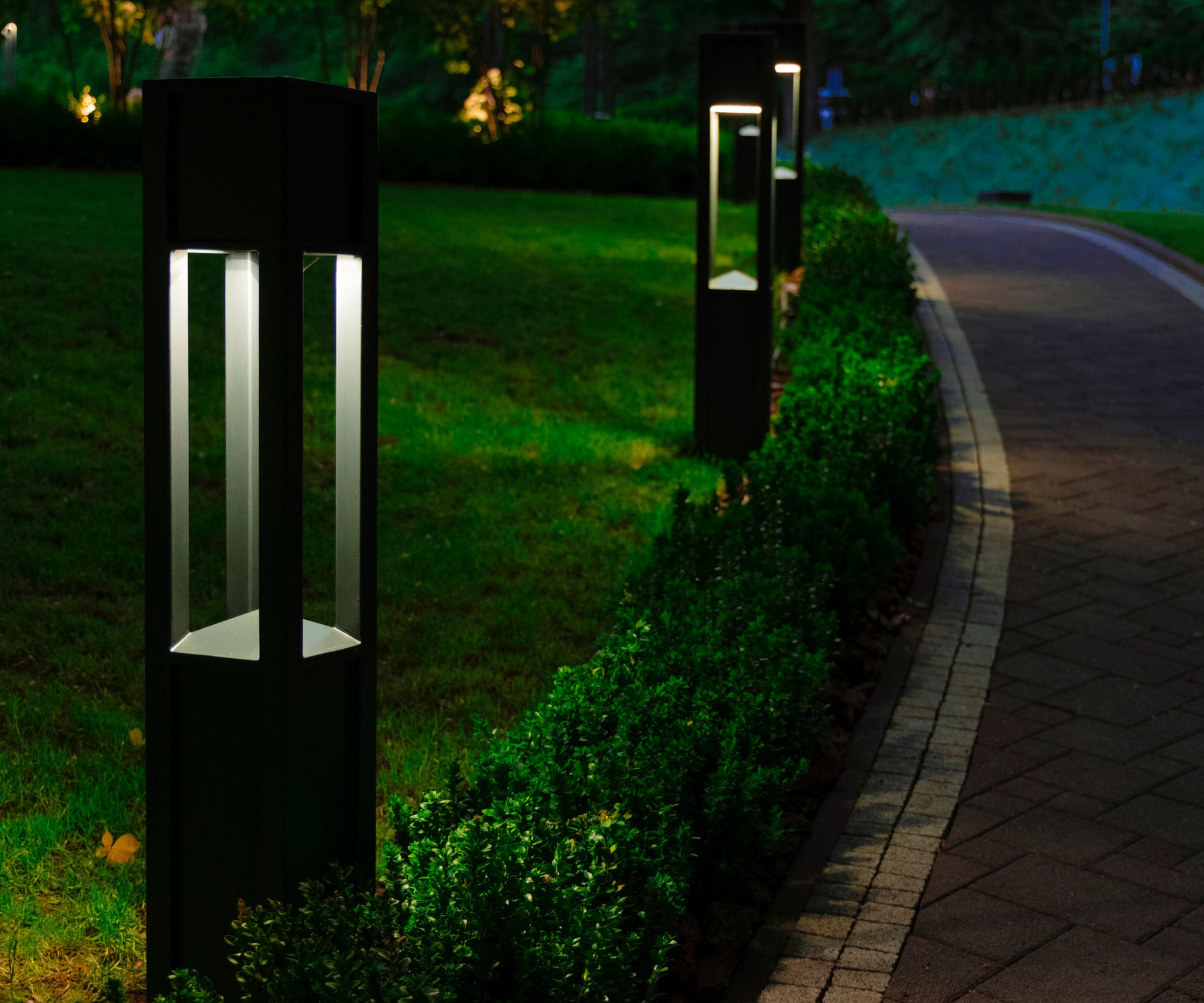
Safety is paramount with path lights, and the most important thing to bear in mind here is coverage. The pools of light from each fixture should overlap, so that every part of the path is illuminated and none of the path is in darkness. One of the most common mistakes is to only use a couple of lights. It seems like you can get away with placing a handful of lights several yards apart, leaving a few feet in darkness. Many people assume that this is fine - the lights give a enough of a rough outline of the path that you can find your way in the dark. But this is a recipe for disaster - or at least for trampling over your own flowerbeds by accident.
There are a couple of ways you can avoid this. You can set up one fixture and see how far it casts light, then do some quick math to work out where the next light should go. If your fixture casts a three-foot circle of light, set up the next light six feet away. This means that the maximum throw of both lights meets in the middle, allowing for unbroken lighting. You can further increase this by placing lights on alternating sides of the path, mixing up the look while still providing practical light.
However, it's easy to overdo this, ending up with an incredibly bright path that makes the backyard look like a runway. For more gentle path lighting, you can approximate the right distance with a handy rule. A lighting expert once told me that you can roughly work out where to place your path lights by using the height of the fixture itself. If you have a small path light 18 inches tall, use 18 inches as the rough guide to the next light. This should ensure even coverage.
Using the height of the fixture to work out the right distance back from the path can also help soften your path lights. If you have a light 18 inches tall, set it back 18" from the path. This can stop the path from being too bright and also provide lighting for your lawns and flowerbeds.
2. Dim path lights
Make sure your lights are bright enough to use. It's tempting to buy whichever lights suit your aesthetic, but if it isn't bright enough, your path lights will be useless. Path lights need to be bright enough for you to see, especially if your path is cobbled or there are hazards along the way like benches or plants.
Make sure you buy path lights of at least 150 lumens. 300 lumens is a much better benchmark, but it can be hard to find sufficiently bright lights. 150 is a good lower limit that should be safe for most garden paths.
3. Path light color
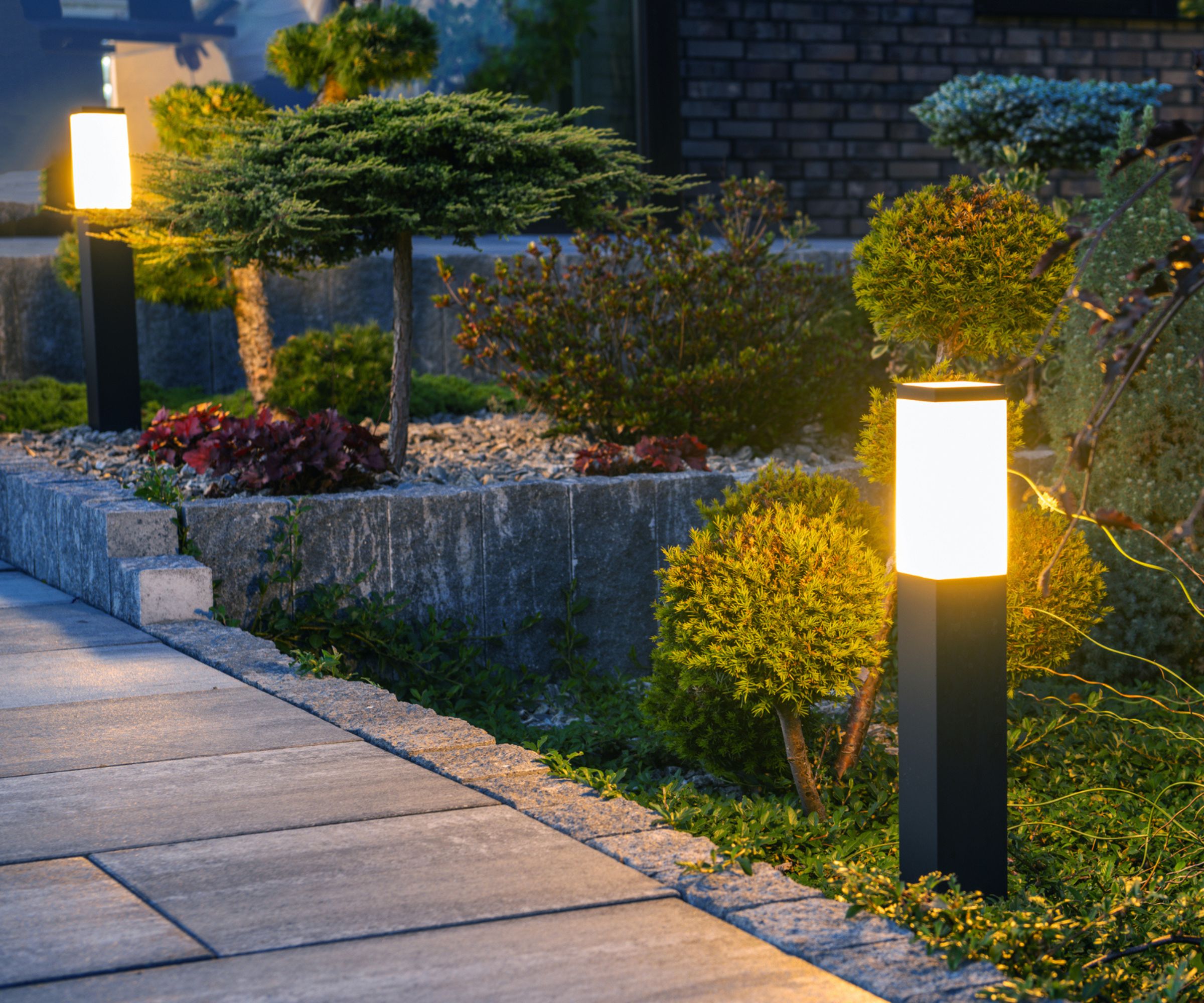
Using colored or darkly-toned light is a big mistake when lighting a path. Colored lights aren't as clear as white light, especially if you use darker tones of red and blue. Even warm yellow tones don't offer as much illumination. It's like the difference between old sodium streetlights and more modern LEDs - the sodium lights are a little more atmospheric but harder to see by.
Instead, aim for lights of around 2700-3000 kelvin. Head of Gardens at H&G, Rachel Bull, says '3000K is white enough to provide clear, useful light, but not so bright that your paths are stark and flooded with too much light.'

Rachel is a gardening editor, flower grower and floral designer. Her journalism career began on Country Living magazine, sparking a love of container gardening and wild planting. After more than a decade writing for and editing a range of consumer, business and special interest titles, Rachel became editor of floral art magazine The Flower Arranger. She then trained and worked as a floral designer and stylist in London for six years, before joining the Homes & Gardens team.
4. Underspending on cheap lights
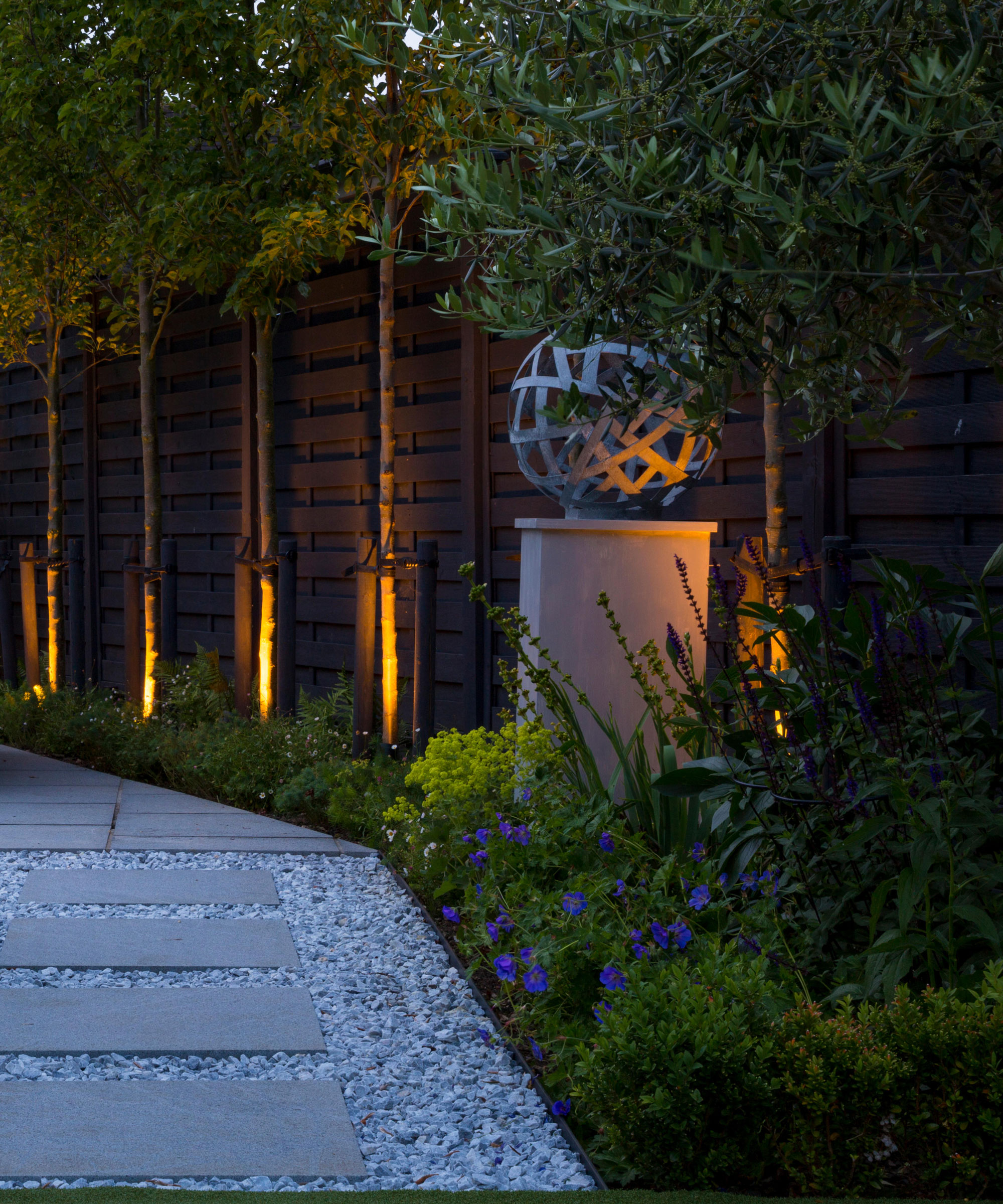
Cheap path lights can be a huge mistake. Plastic lights seem like a good idea because plastic is cheap and waterproof and can be molded into a huge variety of designs.
However, it's flimsy and easy to crack, especially at the corners of a design where plastic panels meet. On top of that, plastic bleaches in the sun, so after a few seasons the sleek black lights you bought are more like a dirty gray.
'Cheap plastic lights also tend to have a shorter lifespan than more expensive metal lights,' adds Rachel, 'which can be a significant expense upfront, but will save you from buying lots more plastic lights in the long run.'
Instead, go for aluminum lights. These lights will hold up much better than plastic lights and are much stronger, so won't break under the weight of snow or a pet knocking them over.
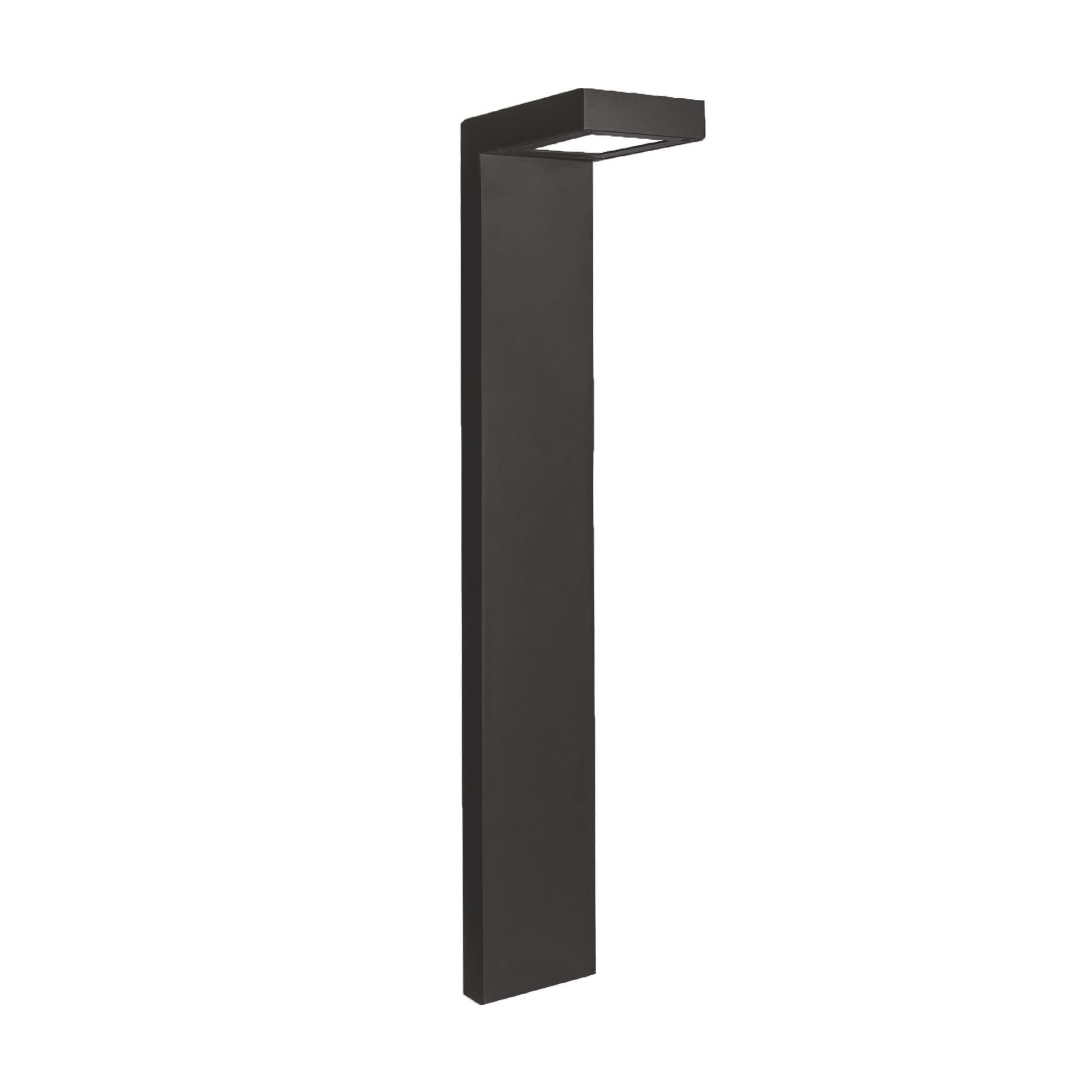
This path light from West Elm is perfect for practical lighting. It shines light at 2700K - the color temperature recommended by all the experts.
5. Going solar
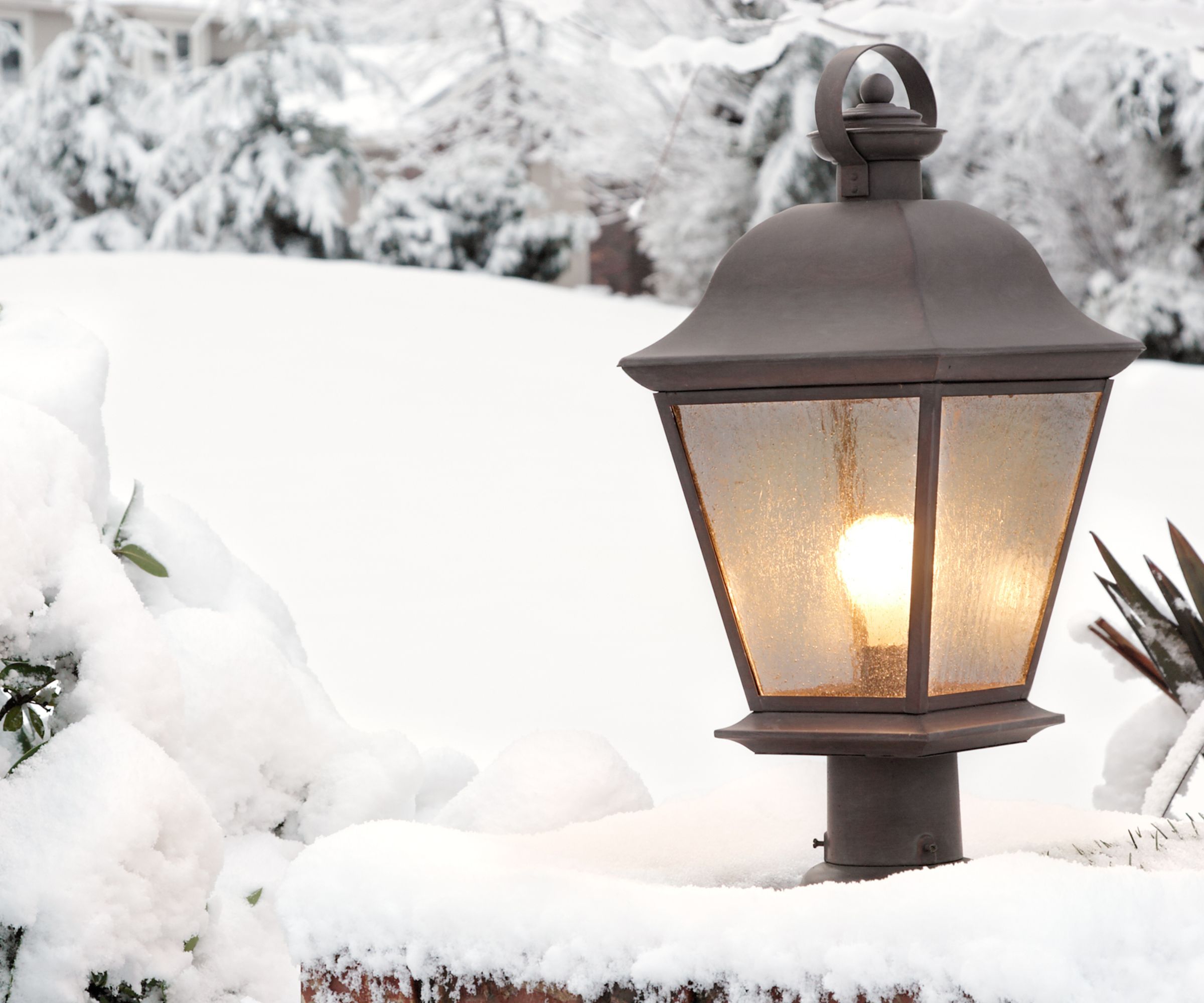
It can be a big mistake to use solar lights on a path. It's less of a problem the further south you are, but in the north of the country, this can ruin your path lighting. Wherever you are, however, there are some issues with solar lights.
There are three reasons for this - shorter days, snow, and a lack of regulation. Firstly, solar lights need several hours of daylight to charge. The further north you are, the shorter the hours of daylight, which means less light from your path lights every night. In November and December, when there are only around nine hours of daylight up north, your lights won't have enough time to charge. Until daylight lengthens after the solstice, it's a vicious cycle - your path lights will be dimmer and dimmer as the nights get darker earlier, which defeats the point of having path lights in the first place.
Snow can also break cheap solar lights. While most solar lights are at least IP68 and waterproof, they may not be able to stand up to the weight of a big snowdrift, or the low temperature will break the lights. Solar light batteries are less effective the colder the air. If your phone has ever dropped charge or switched off in freezing temperatures, you'll know the effect. Up north, solar path lights won't supply enough light and will break in the cold.
However, the biggest problem is that solar lights are unregulated. Utility-powered electric light fixtures have to be ETL certified, which means they have to list accurate lumen ratings. Solar lights do not, so many of the cheap sets you see listed on Amazon aren't as bright as they claim.
This is fine with atmospheric fairy lights because it makes little difference if they give out 20 or 30 lumens. The only thing you're aiming for with fairy lights is the effect. However, path lighting is practical, and if it isn't bright enough it can quickly become a hazard. On top of that, it means you can be swindled, buying solar path lights that claim to be bright but are actually too dim to be effective. All of this means you're much better off sticking to wired lights.
Solar path lights can be a big mistake, but solar lights have a slightly unfair reputation. Sometimes, solar lights won't work because they've been handled incorrectly - there are a host of solar light mistakes that are useful to be aware of, as they can break these lights for good.
Sign up to the Homes & Gardens newsletter
Design expertise in your inbox – from inspiring decorating ideas and beautiful celebrity homes to practical gardening advice and shopping round-ups.

As a gardens and lifestyle contributor, Alex makes sure readers find the right information to help them make the best purchase. Alex got his start in reviewing at the iconic Good Housekeeping Institute, testing a wide range of household products and appliances. He then moved to BBC Gardeners’ World Magazine, assessing gardening tools, machinery, and wildlife products.
-
 Ina Garten's storage pantry is an insightful window into all of the best cookware used by the chef – and it's easy to recreate on your kitchen shelves from $48
Ina Garten's storage pantry is an insightful window into all of the best cookware used by the chef – and it's easy to recreate on your kitchen shelves from $48The beautiful dishware in The Barefoot Contessa's Hamptons pantry showcases the tools she uses most often to cook – this is exactly how you replicate it
By Sophie Edwards Published
-
 Extend the lifespan of your appliance with 5 simple but crucial washing machine maintenance tips
Extend the lifespan of your appliance with 5 simple but crucial washing machine maintenance tipsFrom cleaning the filters to keeping the door open, experts reveal the washer tips they swear by
By Andy van Terheyden Published
